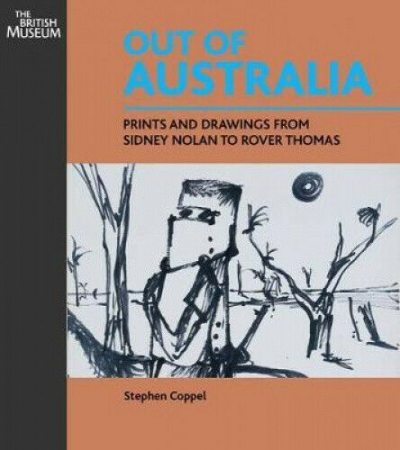Sidney Nolan
This is a beautiful, thought-provoking, and timely exhibition about the enduring power and relevance of myth to humanity. In fact, visitors get two exhibitions in one, in the way that TarraWarra Museum of Art does exceptionally well: with contemporary art speaking back to Australian modernism – the original core of the museum’s permanent collection.
... (read more)Out of Australia: Prints and Drawings from Sidney Nolan to Rover Thomas by Stephen Coppel
by Angus Trumble •
Nolan on Nolan: Sidney Nolan in his own words edited by Nancy Underhill
by Damian Smith •




